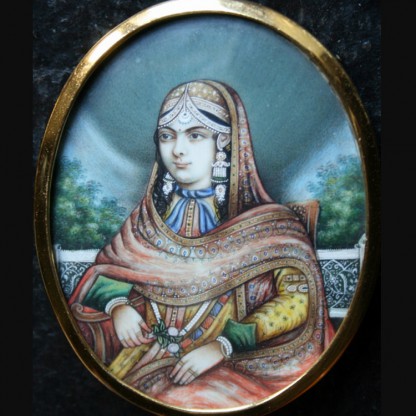During the reign of Henry IV, various enterprises were set up to develop trade with faraway lands. In December 1600, a company was formed through the association of Saint-Malo, Laval, and Vitré to trade with the Moluccas and Japan. Two ships, the Croissant and the Corbin, were sent around the Cape of Good Hope in May 1601. One was wrecked in the Maldives, leading to the adventure of François Pyrard de Laval, who managed to return to France in 1611. The second ship, carrying François Martin de Vitré, reached Ceylon and traded with Aceh in Sumatra, but was captured by the Dutch on the return leg at Cape Finisterre. François Martin de Vitré was the first Frenchman to write an account of travels to the Far East in 1604, at the request of Henry IV, and from that time numerous accounts on Asia would be published.









